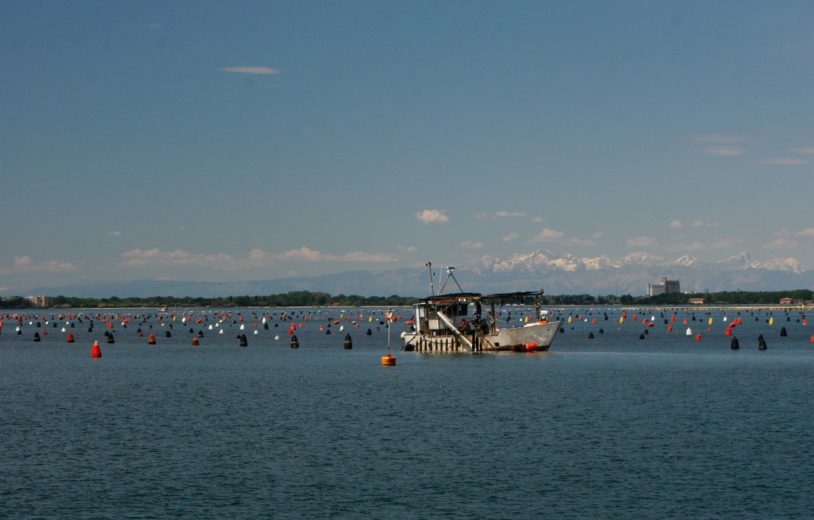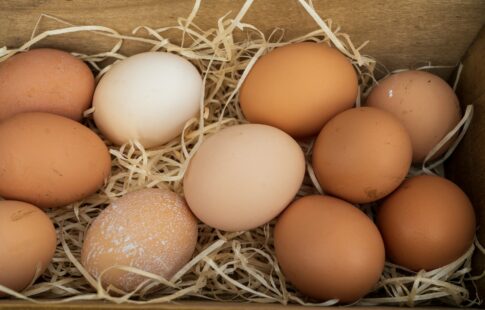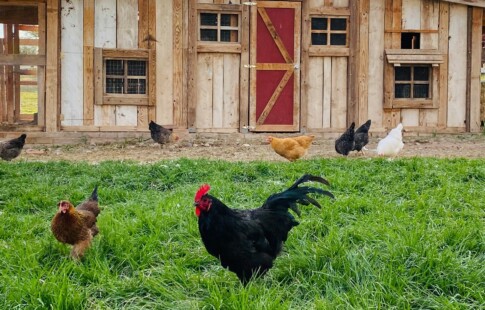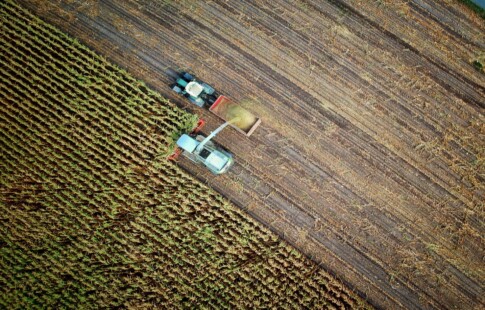
What Are the Top Pros and Cons of Aquaculture?
We are reader-supported. When you buy through links on our site, we may earn affiliate commission.
Aquaculture has also been in the news recently due to a presidential executive order that may open the doors to allow fish farms to operate in the open ocean. Aquaculture does provide a substantial portion of the fish we consume every year. However, environmental activists are against this executive order because of the potential damage that it could do to ocean ecosystems. If you want to learn more about this age-old trend, consider the pros and cons of aquaculture.
Aquaculture, or fish farming, is a practice that might sound relatively new but has been around for thousands of years. It dates back to 475 BC when a man in China named Fan Lai penned a book on how to raise fish for food. While he may have been raising food for his family or village, Fan Lai could never have imagined the sheer scale of the aquaculture industry as it exists today.
Pro: Provides Fish for Consumption Without Overfishing
People love their seafood. In the United States alone, it’s a $5.5 billion industry, but the increased demand has lead to people overfishing natural fisheries to the edge of collapse. Many of the species we consume, from salmon to catfish to tilapia, can be farmed rather than harvested from the wild. This setup allows fishers and aquaculture farmers to meet the demand without overfishing the already taxed oceans. Many fish species that were staples in the fishing industry are commercially extinct, meaning fishers cannot catch enough to make a profit. While some of these fish are alive in the wild, their populations have been decimated and are on the brink of total extinction.
Con: Can Lead to Invasive Species Damaging Ecosystems
Some operations breed fish species in areas where, if released, they would be considered invasive. One example of this is the Janitor Fish, also known as the sailfin catfish. It’s native to the Amazon River Basin and is a popular species for catfish farms. This species breeds quickly, eats a lot and competes with others for food and nesting space. Tilapia is another species that is native to North America but considered invasive in the rest of the world because of its prolific breeding capability. In addition, they damage the river and lake beds, digging up the substrate to create their nests, making the water murky.
Pro: Can Pair With Hydroponic Plant Growth for a Closed System
One of the biggest problems with aquaculture is the need to dispose of water contaminated by fish waste. This problem doesn’t exist in the wild, because fish aren’t pressed into small ponds. One solution is to combine aquaculture with hydroponics — growing plants in a nutrient-rich water solution rather than soil. This hybrid industry is known as aquaponics. Instead of disposing of the wastewater, aquaponics systems use it to feed and grow plants, creating a closed system. The plants clean the water so it can go back into the aquaculture farm, and in turn, the fish generate nutrients that keep the plants healthy. On a large scale, this system could mitigate many of the problems that traditionally accompany aquaculture.
Con: Can Damage the Local Gene Pool if Farmed Fish Escape
Fish that grow up in the wild might be the same species as those raised on a farm, but their upbringing means their genetics are vastly different. If farmed fish escape into the wild, they start to compete with wild fish for food, nesting space and mates. If they breed with wild fish, their offspring will not be as hardy and will find it more challenging to survive, weakening the gene pool as they continue to spread their farmed genetics. This example isn’t just a worst-case scenario. Between 1987 and 2008, more than 1.5 million farmed salmon escaped from fisheries into the ocean, where they bred with the existing salmon populations. These fish can’t survive in the wild, so their genetic material weakens the gene pool.
Pro: Allows Wild Ecosystems to Recover Naturally
Nature, when left to its own devices, is incredibly resilient. As long as people don’t fish them to unsustainable levels, wild fisheries are capable of restoring themselves to what they were before. Right now, more than 30% of fisheries worldwide are overexploited, dropping populations to a point where they aren’t sustainable. If they spend too much time at this level, the entire population could die out. Thus, causing the ecosystem in that area to collapse. Switching some of the demand to aquaculture farms rather than wild fish can give these fisheries a chance to recover. As a result, the next time fishermen show up to harvest, they won’t risk damaging the delicate ecosystem.
Finding the Balance With Aquaculture
Aquaculture isn’t inherently positive or negative. As with most industrial practices, it has its pros and cons. Finding a balance that allows us to enjoy seafood without damaging or destroying the environment in the process is vital.
Share on
Like what you read? Join other Environment.co readers!
Get the latest updates on our planet by subscribing to the Environment.co newsletter!
About the author
Jane Marsh
Starting from an early age, Jane Marsh loved all animals and became a budding environmentalist. Now, Jane works as the Editor-in-Chief of Environment.co where she covers topics related to climate policy, renewable energy, the food industry, and more.





